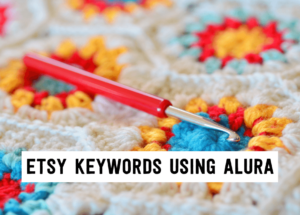
How to find the best Etsy keywords in 3 simple steps using Alura
If you want to be found in search results on Etsy, you need to optimize your product listing for SEO. And if you want to
join
There are a lot of advantages to selling on Etsy, but at a certain point in your business you might be thinking
“Should I be creating my own website?”
Or
“How hard is it to transition my business from Etsy to a website?”
Those are very good questions – because having your own website can be a really good step for your shop’s success – but I know that even the THOUGHT of transitioning your shop from Etsy to a website can be totally overwhelming.
Today we’re going to talk about transitioning to your own website in a slow and steady way that isn’t overwhelming, and I will give you simple steps to follow if you decide you’re ready to take the plunge.
So, ready? Let’s dive in.
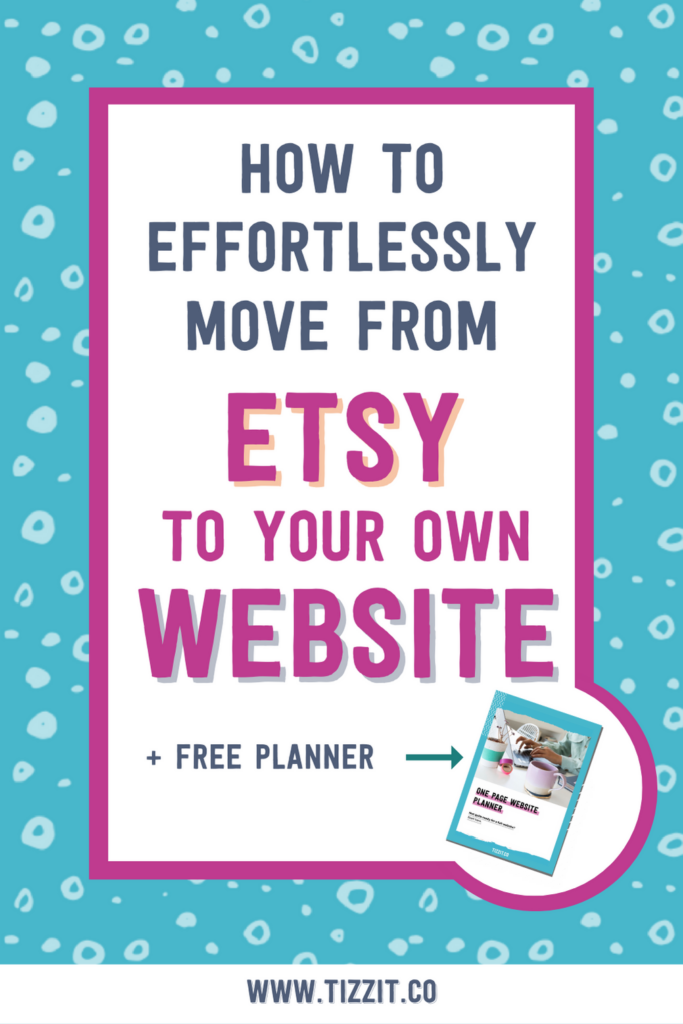
If you are considering starting your own website, I’m sure you are attracted by some of the advantages having your own website offers: jumping off the Etsy hamster wheel and gaining autonomy and control over your own business, avoiding Etsy fees, developing your brand and attracting loyal followers, independence and control . . . these are just a few.
Having your own website can definitely take your handmade business to a whole new level . . . but it can also be overwhelming.
So I’ve developed a simple, one-step-at-a-time process that takes the overwhelm out of starting your own website.
Now I’ll be honest, this is not the way that I necessarily would do it if I worked with you, because if I worked with you I would be there to support you to go straightaway from Etsy to a full-blown ecommerce website.
If you’d like to know more about how we can support you as you create an ecommerce website, we have a program where we do just that!
But if you’re on your own, and you’re not super tech savvy, and you’re nervous you will get in over your head and not be able to do it, then this is a process that can work for you and help you get your website up and running.
So let’s break it down into small, achievable steps — let’s simplify the process and take it from overwhelming to completely doable!
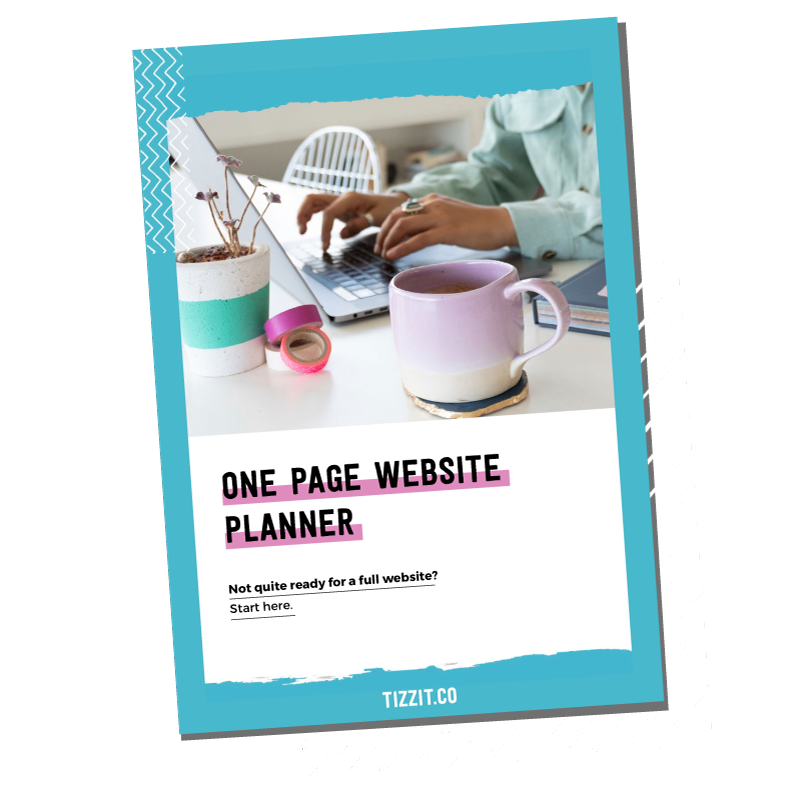
This free website planner will help you create a simple yet professional one-page website for your handmade shop.
If you are just getting started on creating your website, make sure you focus on the big picture. Of course there are an abundance of features you can have on your website, but the point here is to not get ahead of yourself or you will feel completely overwhelmed and not know what to do first.
Instead, I want you to start by focusing on the basics.
The best way to transition to your own website is to do it in an organized, logical order. Keep it simple at first – the hardest part of building your own website or online store is getting started, so doing this will make the transition much more manageable.
Most of the time, building a store turns into such a big project that the rest of the business gets left aside. You definitely don’t want that, and that’s the beauty of the steps I’ve put together for you to follow — they will get you DOING but not drowning!
With this simple plan, you can work on your site one step at a time and go back to business in between; while still having a professional website to refer people to.
The first thing to do is to build a one-page website – not more, just one page!
A one-page website will get you started and motivated without taking too long. You won’t have to spend time gathering and writing content, you won’t have to come up with a complex design, it will be simple but effective!
It also means that even if you don’t have a full online store yet, you will have a domain that is yours — print it on your business cards, your invoices, share it at craft fairs or to retail shops.
Here’s a quick example to give you an idea of what a one-page website can look like:
This is an example that is more suited for someone that is an artist, where the personal brand is important. If you want more focus on your products, you could make the product pictures more prominent, you have all sorts of options.
On the left you can see it tells the visitor about your business, showcases a few pictures of your products or artwork, and gives the visitor a way to contact you.
Over on the right they will see a picture of you and learn about you, have a chance to sign up for your email list and visit your social media pages, and a link for them to click and go to your Etsy shop.
The point that I’m trying to make here is that this is just one page – it doesn’t even have a menu – but it conveys all sorts of information in one simple www.mylittleshop.com website page! Easy-peasy, right?
You will now have this beautiful one-page website for people to visit that looks a billion times more professional than your Etsy shop url.
Now that you have an idea of how simple this will be, you are ready to get started.
First, set a date in your calendar you want to have this done by. Remember, you aren’t creating the Taj Mahal of websites, so this is something you could reasonably accomplish in a short period of time.
Next, decide on the platform you will use to build your site. Don’t overthink it – Shopify, Woocommerce, and Squarespace are all great options. The 3 of them will most likely have all the features you’ll ever need, so go with the platform you feel most comfortable with. They all have tutorials and templates to help you get started too, so don’t fear not being able to code and design – you won’t need to.
Your one-pager should include:
and
Once you have these ready, you’re ready to start building your one-page site!
Once you’re done building your page, feel free to continue with step 2, OR leave it for now and come back to it whenever you have time. Mission accomplished! You now have a standalone website for your handmade biz!
Once you have built your one-page website, the next thing you want to build is an email list.
An email list is the most important thing you could ever want for your business — it is a determining factor in turning your side-hustle into a profitable shop. Again, this is a small step – which makes it achievable. No excuses!
The 2 email platforms I recommend are Klaviyo or MailerLite.
Both are great choices. Once you decide, sign up with the email provider you choose and add a “sign up” form to your site — most providers have great tutorials to help you do just that. You will be able to simply copy and paste a code snippet to your website and BAM this step will be done!
I have an article about email marketing for your handmade shop that includes a FREE email series to turn your visitors into buyers that you will want to check out after you read this one!
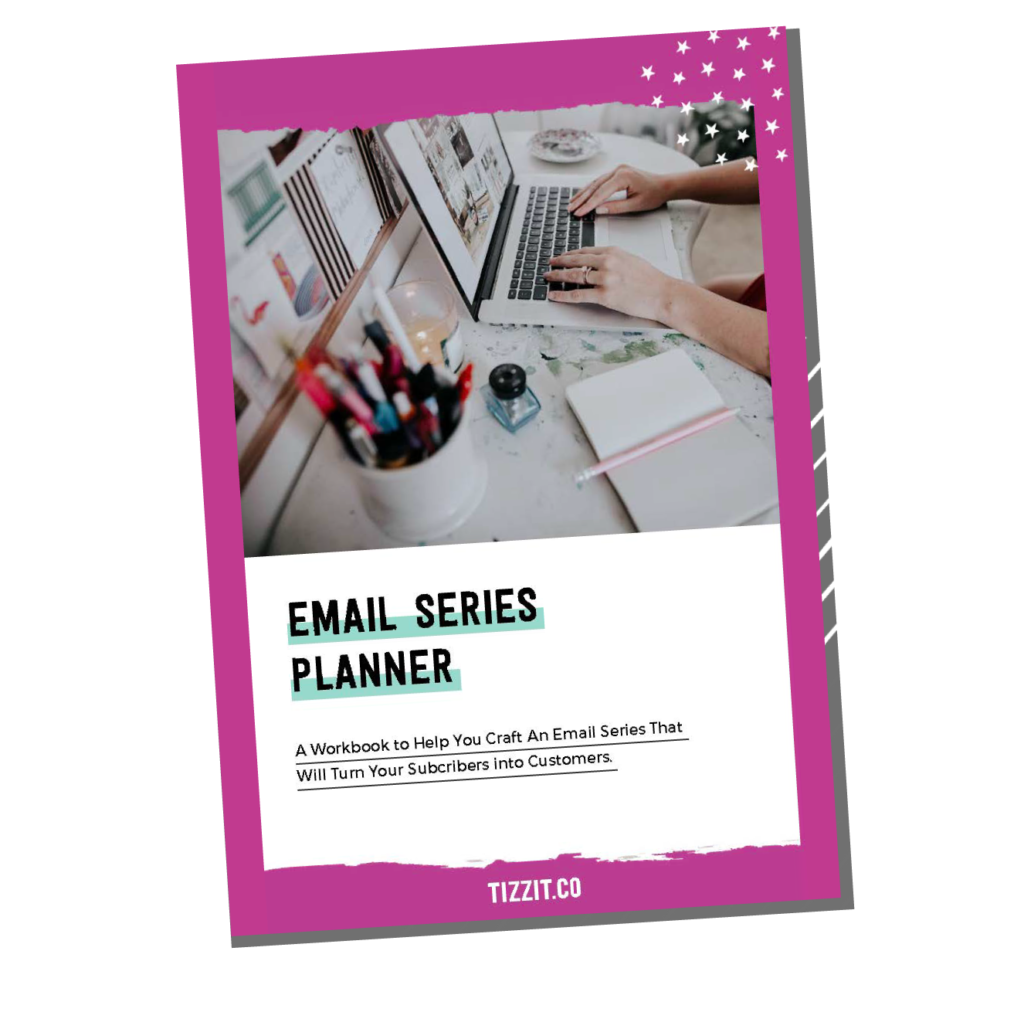
This free email planner will help turn your email subscribers into customers so you can get more sales for your handmade shop!
Now is the time to turn your simple one-page site into a full website. Don’t panic, I said “website”, not “store.” Once again, this is just a small step towards your end goal, rather than a big scary overwhelming move.
So maybe the next month after you set up your email marketing system, or a month after that – whenever you have time and you feel like you want to tackle that project further – you start building more pages.
You have your one page with just enough on it, and now you’re going to add an about page, you’re going to add a contact page, you’re going to maybe add a blog, all those small pages that start to fill out your website!
These next pages will be simple pages that give your website visitors more information about you and your business and encourage them to stay on your website a bit longer.
Examples of pages you can add include:
and
For this step, you will want to first write down the pages you want on your site. Each handmade business is different, so think about what is important for yours.
Take time to think strategically about the pages you need and decide what content and elements will be on these pages. Taking the time to think this through away from the computer rather than rushing into creating them will save you time, I promise.
When you’re ready to create the pages, do one at a time. You’ve already built a page, so no learning curve here, you’ve got this!
Once you finish step 4, CONGRATULATIONS! – you have a full website to showcase your talents and engage with potential customers. They can see some pictures of your products, all your pages are built, you have a mailing list set up and a link to your Etsy store – great work!
At this point, your website structure is starting to really look good, but there’s still one last step: adding an actual ecommerce functionality to your site so people can buy your products ON your website rather than taking them to Etsy – now you will start adding your products, product descriptions, prices, categories, and then linking all of that to your payment processor.
And obviously, that’s going to take a bit of work. But remember – you already have your Etsy shop, meaning you already have your pictures, your descriptions, your prices, etc. Plus, you have played with your website enough by now that you probably feel comfortable using the back end of it, so you’re ready to rock and roll!
So as you can see by each of the steps we’ve talked about today, you don’t have to take an “all or nothing” approach to creating your website, and I hope you feel more confident now that you can accomplish this if it’s your goal.
By breaking down the process of launching your own online store, you have more time to put each step in place. And ultimately, it’s much less overwhelming.
You don’t need a full-blown ecommerce store from the get-go. You don’t need to spend hours today or tomorrow lost in the Google results vortex. Consider your options. Start with a one-page website, then build upon it. Slowly, but surely.
Remember, starting is the hardest part and done is better than perfect!
If you are feeling pretty decided that you want to move ahead and start your own website you will definitely want to download this FREE one-page website planner to help get you started!

This free website planner will help you create a simple yet professional one-page website for your handmade shop.
If you’re still on the fence about if you want to start your own website or stay on Etsy, then you will want to read my article about 4 scenarios to help you decide if it’s time to take the plunge and transition to your own website!
And if you’d prefer to work with me and my team – click this link to learn more about this opportunity!
Thanks for reading, and until next time, aurevoir!
you might also like…
related articles

If you want to be found in search results on Etsy, you need to optimize your product listing for SEO. And if you want to
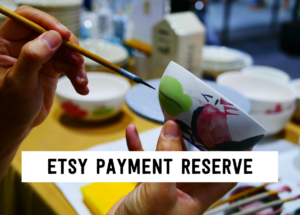
There has been a lot of talk in the Etsy community — and I mean A LOT of talk — about Etsy’s payment account reserve
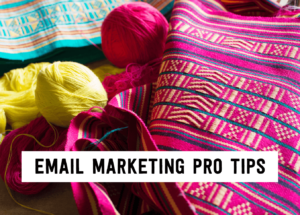
Anyone who knows me knows that I am a HUGE advocate for using email marketing to grow and scale your handmade business. But you may
Sign up below and get instant access to a collection of FREE practical guides, workbooks, and checklists that will help you start, grow and profit from your handmade shop. (without pulling your hair out!).
disclaimer
subscribe to youtube
become a member
get in touch
We acknowledge and give thanks to the Budawang and Yuin people, the Traditional Owners of the land we work and live on. We pay our respects to all Aboriginal and Torres Strait Islander Peoples and elders past, present and emerging.
4-step Maker’s Roadmap System
Library of In-Depth Courses and Training
Live Monthly Coaching Sessions
A Supportive Online Community
close
We hate spam too. Unsubscribe at any time.
close
We hate spam too. Unsubscribe at any time.
close
We hate spam too. Unsubscribe at any time.
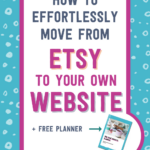
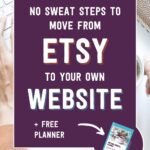

Get Instant Access to
The FULL Resource library

Grab this free
one page website planner

Grab this free
Email series planner